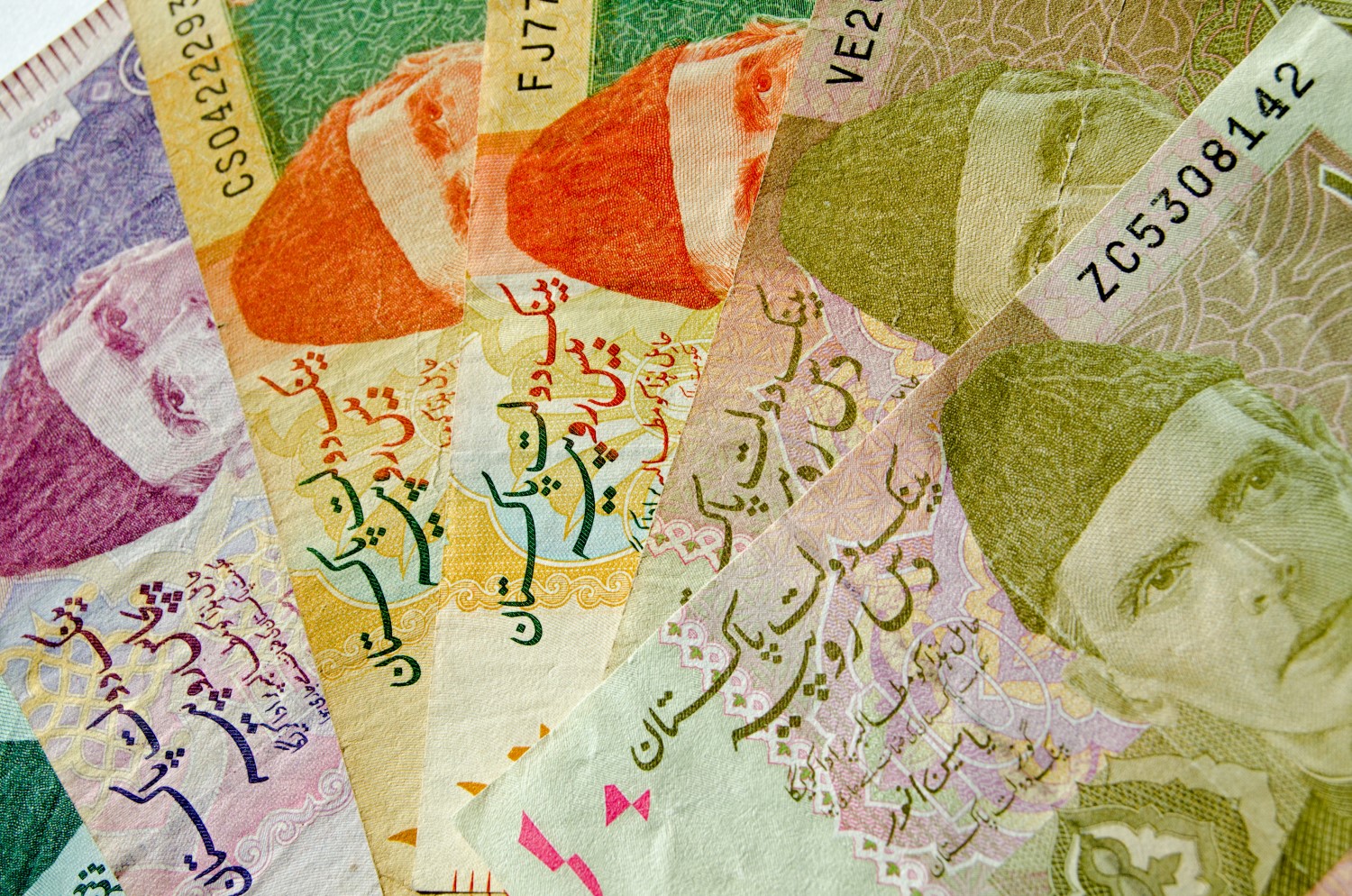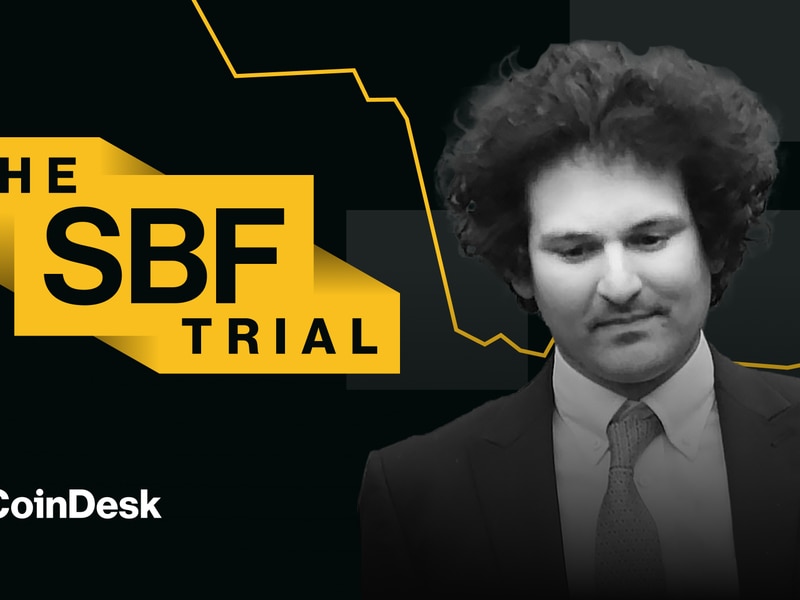15 Years After the Bitcoin White Paper, Bitcoin Builder Culture Flourishes
In the world of crypto, there is one document that is the Bible, Declaration of Independence and foundational blueprint for an entire industry: the Bitcoin white paper.
Authored by the pseudonymous Satoshi Nakamoto and released on Oct. 31, 2008, this revolutionary document marks its 15th anniversary today.
Today is not merely a milestone but a testament to the enduring importance of a decentralized future. As we celebrate this day in Bitcoin culture, it’s worth reflecting on the significance of the white paper and its impact on the world.
The Bitcoin white paper, officially titled “Bitcoin: A Peer-to-Peer Electronic Cash System,” emerged following the global financial crisis of 2008, which left many disillusioned with traditional banking.
Nakamoto’s vision was clear — to create a currency free from the shackles of governments, make it censorship-resistant and borderless. All solutions to the problems of then and the problems of now.
So Satoshi began – for two years before drafting the white paper its creator coded writing, “I actually did this kind of backwards. I had to write all the code before I could convince myself.”
[Bitcoin] is synonymous with words like hope and freedom
In just nine short pages, the document outlined the blueprint of a decentralized ledger called the blockchain and introduced the concept of bitcoin as a currency. Its ingenious solution to the double-spend problem was to create a decentralized network of computers that would validate and record transactions in a public ledger, making it impossible to manipulate transactions.
Since 2008, Bitcoin has not only survived but thrived, becoming a global phenomenon and the best performing asset of the last decade. It sparked a wave of innovation within cryptocurrencies, it attracted and inspired people such as Vitalik Buterin and others to attempt at making more programmable protocols.
The currency has established itself as a store of value, digital gold and a hedge against inflation in some countries. Its scarcity, capped at 21 million coins, has drawn interest from all walks of life. It has differentiated itself much from the crypto space and is synonymous with words like hope and freedom.
While many are celebrating the arbitrary movement of time that has passed since the document was sent loose, today I want to reflect on how Satoshi could have known that we needed this invention and how to carry on his legacy.
Many of the same problems Satoshi set out to address remain current today. How can we move the mission of decentralized, permissionless money forward? How will we use the tools at our disposal to move the chain forward in the next 15 years? What problems can we solve?
The resurgence in Bitcoin Builder culture is palpable. You see it with Ordinals and other projects coming to the surface. How do we take Bitcoin to a billion people?
If cypherpunks are akin to participants of the Boston Tea Party, the Bitcoin white paper is the guiding light — a reminder for those challenging the times. What will we do in the next 15 years?









